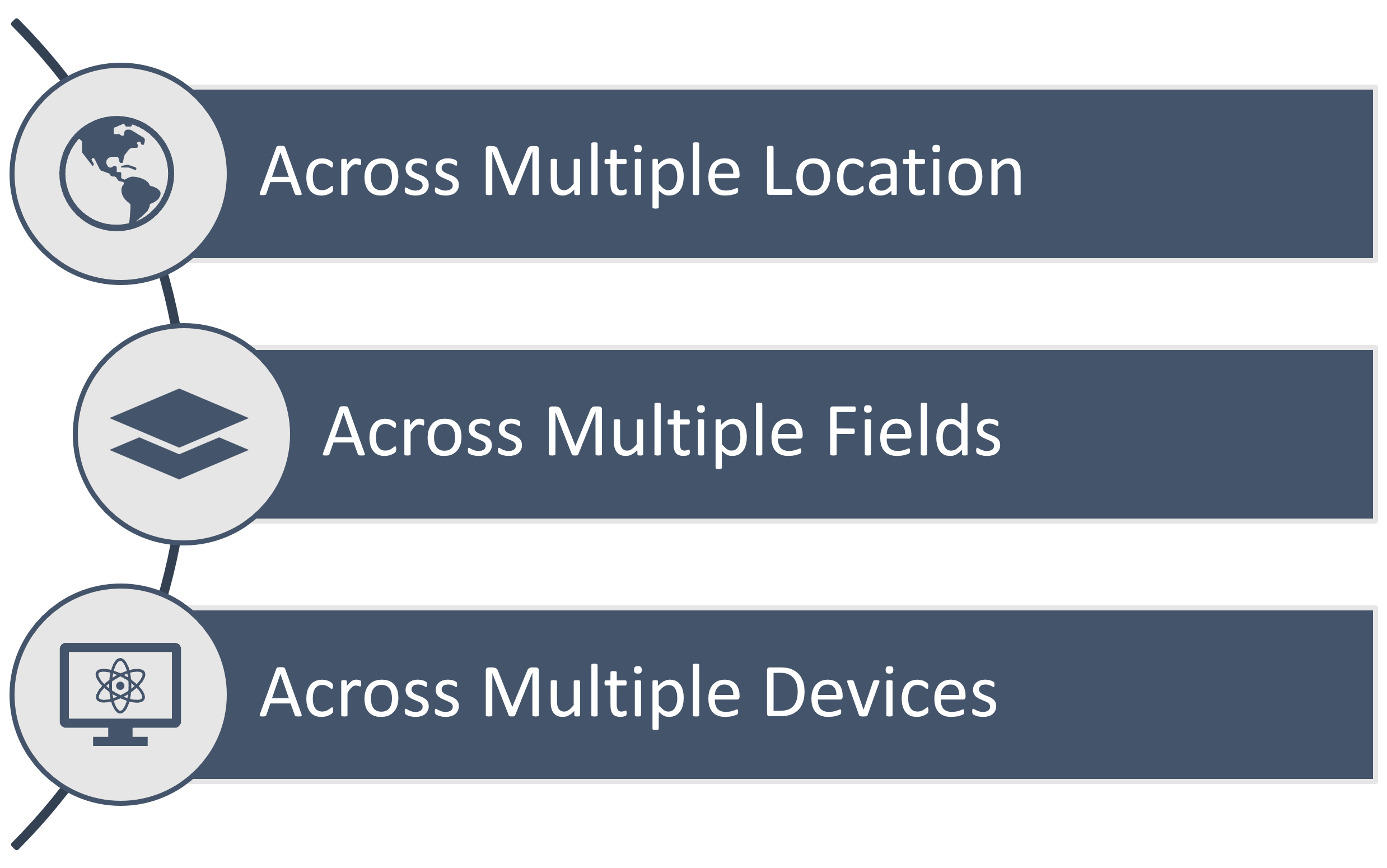


With the rise of Edge Computing and AI, the demand for Edge AI has grown rapidly. According to market research by Maximize Market Research (1), the Edge AI market size was valued at USD 17.46 billion in 2023, and the total Edge AI revenue is expected to grow at a compound annual growth rate (CAGR) of 20.1% from 2024 to 2030, reaching nearly USD 62.93 billion by 2030.
Deploying Edge AI can be challenging due to the need to manage many devices across multiple regions, leading to high costs in time and labor.
Deploying Edge AI comes with several challenges. We’ve identified the three primary issues that organizations commonly face:
Deploying Edge AI across different regions can lead to higher travel expenses for employees who need to manage and maintain systems. Additionally, varying infrastructure standards, connectivity options, and environmental conditions in each area contribute to overall operational challenges.
Each edge device must be individually configured, maintained, and updated. Handling these tasks one by one is time-consuming and labor-intensive. This involves initial setup, ongoing monitoring, and regular updates to ensure effective and secure operation.
Edge AI deployment must accommodate various devices architectures, such as ARM and x86. Each architecture presents unique challenges in terms of compatibility, optimization, and performance, necessitating tailored solutions for different types of devices.
By addressing these challenges, organizations can better leverage the benefits of edge AI for their operations.


OOS provides a One-Click Scalable Deployment that supports cross-regional and cross-fields deployment across multiple devices. Users can reduce the need for manpower and time consumption by using OOS set up all edge AI sites at once.
OOS offers One-Click Scalable Deployment, enabling cross-regional implementation where all Edge AI sites can be set up simultaneously. This significantly reduces the manpower and travel expenses required for system management and maintenance.
OOS excels in deploying Edge AI across diverse industries by offering flexible solutions suited to each field's unique requirements. Whether for applications delivery or network setup, OOS provides customizable deployment options that ensure seamless integration and optimal performance.
OOS supports various device architectures, such as ARM, x86 Pi, and SoC, by providing tailored solutions that ensure compatibility, optimization, and performance across different device types.
The rapid growth of the Edge AI and Edge Computing market presents both significant opportunities and challenges. Edge Computing Deployment differs greatly from Cloud Computing Deployment, as the distributed computing significantly increases the complexity of operational management. However, adopting OOS with its One-Click Scalable Deployment simplifies these challenges, offering a streamlined approach for deploying Edge Computing across diverse regions, fields, and devices. With these solutions, businesses can enhance efficiency, reduce costs, and achieve optimal performance, positioning themselves at the forefront of technological advancement.
Maximize Market Research. (2023). "Edge AI Market: Global Industry Analysis and Forecast (2023-2030)." Retrieved from
https://www.maximizemarketresearch.com.